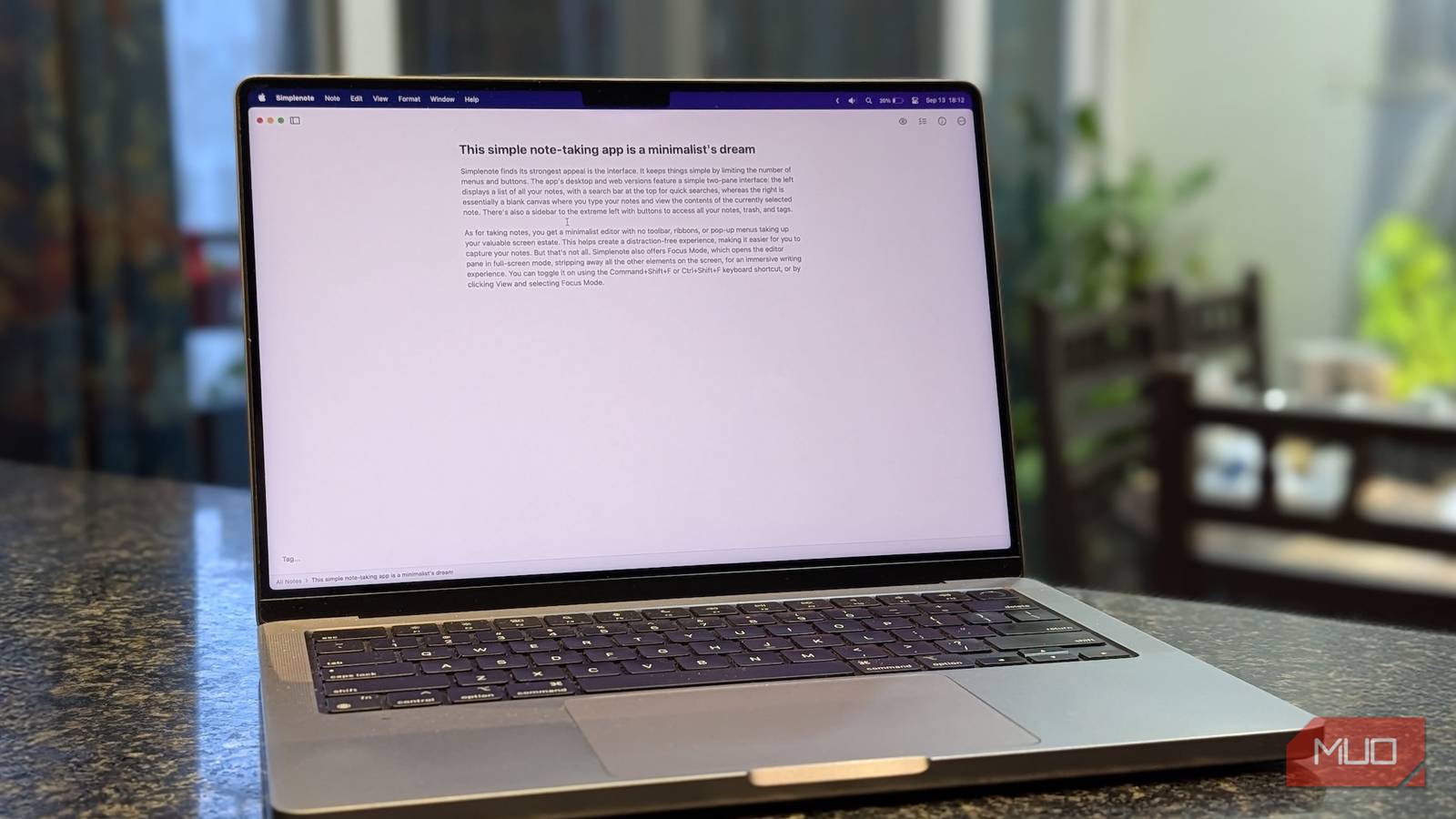Table of Links
Abstract and 1 Introduction
2 Related Work
3 A Virtual Learning Experience
3.1 The Team and 3.2 Course Overview
3.3 Pilot 1
3.4 Pilot 2
4 Feedback
4.1 Relentless Feedback
4.2 Detailed Student Feedback
5 Lessons Learned
6 Summary and Future Work, Acknowledgements, and References
A. Appendix: Three Stars and a Wish
4 Feedback
4.1 Relentless Feedback
In both pilots we collected relentless feedback. This feedback loop helped us to address questions raised and go over things that were unclear. We found it was really important to be flexible and adapt to what the students wanted. The twice-asession mini-feedback form was really helpful for that and we made it very clear which parts of the course on day 2 and 3 were in response to participants’ feedback (see feedback analysis in Figure 3).
For example, a comments we received in the first pilot was that the students would prefer a quick recap of the previous session, which we then started doing and was a great way to link sessions and get the course material fresh in everyone’s minds. Given the feedback, we also worked through the first section of a notebook together, so everyone had a clear idea of what to do.
The relentless feedback and our response is one of the reasons we believe we had such a high participant retention rate which we were very pleased about. The pilots was free of charge, noncompulsory and ran over three afternoons. At least two thirds of the students who joined at the start of the week completed the last session on Friday.
We received constructive criticism but overall had very positive feedback on the course which, especially after the first pilot, made us feel very motivated having just had completed teaching our first online course. One participant thought it was “Fantastic!” in our final feedback survey. Another wrote “The pair learning is excellent! Jupiter [sic] notebooks are a great tool. The real-time interactivity is super rewarding.” Others reported that the
lecturers and the “humour and playfulness of the examples” made the course “really great, especially for someone completely new to coding.” Yet another person commented that they would use the skills they learned in gathering data for their undergraduate dissertation about their research project.
4.2 Detailed Student Feedback
The following account is a more detailed reaction to our course provided by one of the student who participated in the first pilot of the TDM course and who we include as an author on this paper:
I was one of the mature students on the first pilot of the TDM Workshop – an academic myself with quantitative methods and coding experience in Stata and MatLab but not in Python, nor any previous experience with text mining or natural language processing.
I appreciated the feedback requests at the end of each session via Microsoft Office forms and the immediate showcasing of the results for the whole class. Whenever there were bandwidth issues, the teaching team coordinated instantaneously and took over from each other
The part of the course that taught me the most were the pair breakout rooms where we worked through computational Jupyter notebooks. The annotation of the exercises was invaluable, as were the videos showing one of the instructors working through a notebook themselves and importantly running into an error and explaining how we use the error message as guidance to fix the code. During the breakout sessions having the three instructors drop in and answer any questions was an excellent balance of allowing the students independence while also feeling supported. Working with different partners every time was also very valuable. When taking an active role and talking through the lines of code and my understanding of the outcome, I was able to check in with my partner and be exposed to their style and approach to learning. Similarly, when taking the passive role and witnessing their way to working through a computational notebook, I could take away ideas of how to explain my thinking and understanding of the code in different ways.
The distribution of new material via GitHub was very efficient. The interactions via the virtual whiteboard created playfulness and joy in the learning process. Although I did not participate in the second pilot and was not exposed to the Badges, I see them as another element of enhancing the playfulness of the process.
The TDM Workshop I participated in took place relatively early in the pandemic before “Zoom fatigue” had set it and participants were excited to engage. A year later, full-time students appear to have become more resistant to engaging in voice and/or visual participation.
There were some points that required improvement, for example typos in the annotation of the computational notebooks or some time being eaten up by technical troubleshooting. However, even these created an atmosphere of immediacy, flexibility and a sense of “We are all in this together”.
Overall, I benefited immensely from taking the first pilot. Not only do I now have an idea of text mining tools and how to use them but I was also inspired by and adopted the computational notebooks in my own teaching of Investments in the Autumn of 2020. I also implemented regular feedback, which I felt provided the element of playfulness and joy, in an even more interactive platform with gifs, wordclouds and animations (using Mentimeter[10]).
Authors:
(1) Amador Durán, SCORE Lab, I3US Institute, Universidad de Sevilla, Sevilla, Spain ([email protected]);
(2) Pablo Fernández, SCORE Lab, I3US Institute, Universidad de Sevilla, Sevilla, Spain ([email protected]);
(3) Beatriz Bernárdez, I3US Institute, Universidad de Sevilla, Sevilla, Spain ([email protected]);
(4) Nathaniel Weinman, Computer Science Division, University of California, Berkeley, Berkeley, CA, USA ([email protected]);
(5) Aslı Akalın, Computer Science Division, University of California, Berkeley, Berkeley, CA, USA ([email protected]);
(6) Armando Fox, Computer Science Division, University of California, Berkeley, Berkeley, CA, USA ([email protected]).
[10] https://www.mentimeter.com









